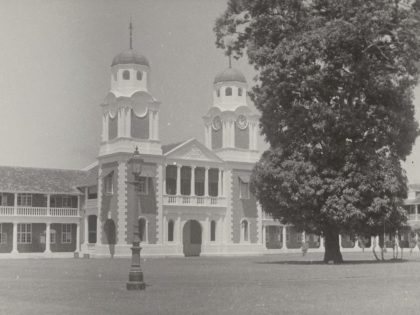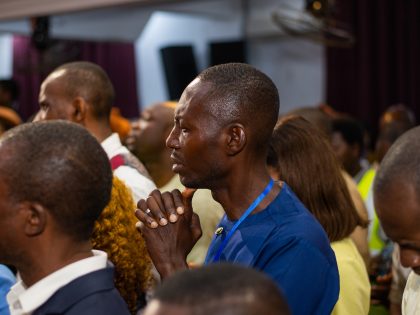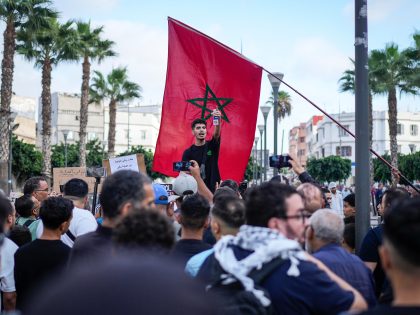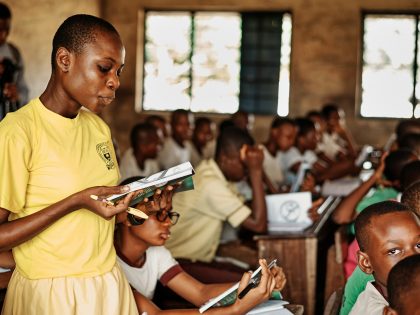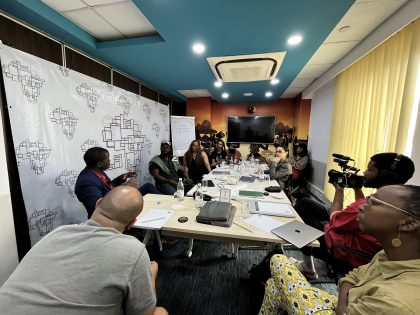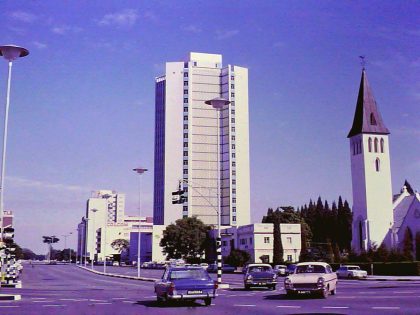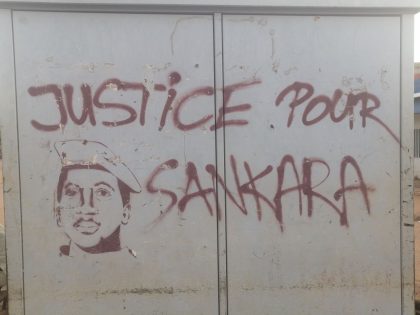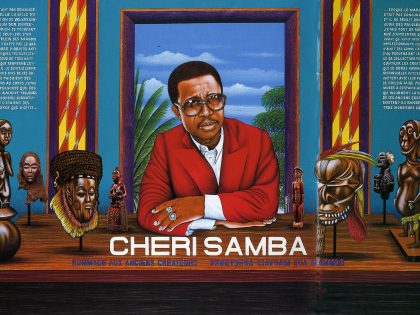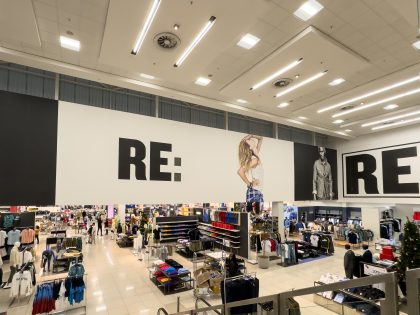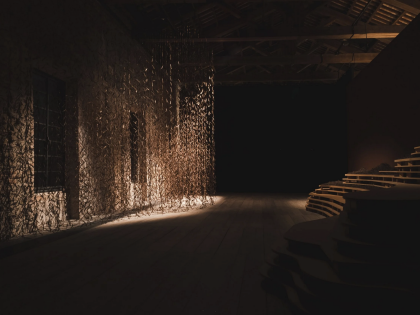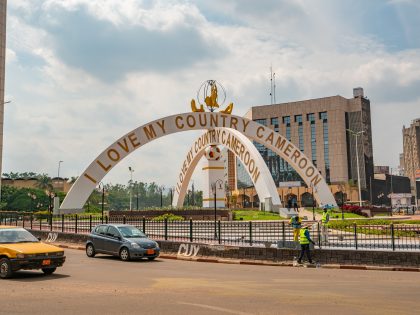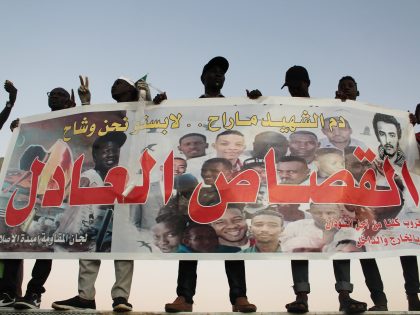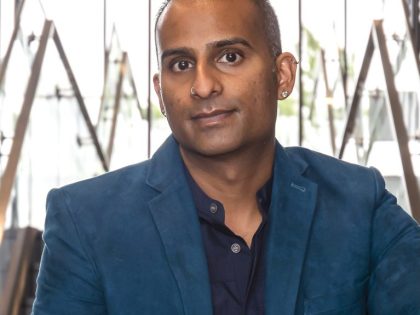'Real African Music'

Thanks to HavePlentyMusic I saw that big time house producers experimenting with Kuduro for a few years, are perhaps finally ready for Coupe Decale (Click through to listen to the remix). Kind of full circle really, as I really think Bob Sinclair’s and similar productions were a big influence on the sound of Coupe Decale, and the Euro pop surge of Magic System, Jessy Matador, et al to begin with. Boddhi Satva a house producer from Central African Republic is the perfect ambassador to bring it to the scene at large. Watch him shake his Bobaraba in a recent video interview.
Traxsource who is selling a DJ Arafat (Côte d’Ivoire) single as remixed by Boddhi describes it as “real African music.” I’ve noticed that while sites like Traxsource and the house scene in general have managed to support music that helps to redefine notions of what “African music” means, there is a tendency at the same time to hold the music back dealing in descriptions that rely on rehashed stereotypes and notions of authenticity.
Boddhi Satva does more, real Central-African-Belgian-House-Remixing below:
